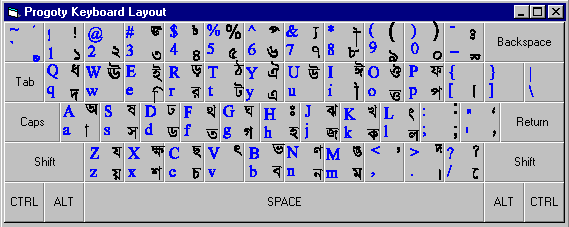

The raster scan of the tip is anything from a 128×128 to a 1024×1024 (or more) matrix, and for each point of the raster a single value is obtained. This mode of operation is faster, but on rough surfaces, where there may be large adsorbed molecules present, or ridges and groves, the tip will be in danger of crashing. In constant height mode, the z-scanner voltage is kept constant as the scanner swings back and forth across the surface and the tunneling current, exponentially dependent on the distance, is mapped. In some cases it may not be clear whether height changes came as a result of one or the other. The image formed of the z-scanner voltages that were needed to keep the tunneling current constant as the tip scanned the surface will thus contain both topographical and electron density data. But when an atomic step is encountered, or when the surface is buckled due to reconstruction, the height of the scanner will also have to change because of the overall topography. When the surface is atomically flat, the voltage applied to the z-scanner will mainly reflect variations in local charge density. This mode is relatively slow as the electronics need to check the tunneling current and adjust the height in a feedback loop at each measured point of the surface. If at some point the tunneling current is below the set level, the tip is moved towards the sample, and vice versa. In constant current mode, feedback electronics adjust the height by a voltage to the piezoelectric height control mechanism. Digital images of the surface are formed in one of the two ways: in the constant height mode changes of the tunneling current are mapped directly, while in the constant current mode the voltage that controls the height ( z) of the tip is recorded while the tunneling current is kept at a predetermined level. Once tunneling is established, the sample bias and tip position with respect to the sample are varied according to the requirements of the experiment.Īs the tip is moved across the surface in a discrete x–y matrix, the changes in surface height and population of the electronic states cause changes in the tunneling current.


The tunneling current, being in the sub- nanoampere range, is amplified as close to the scanner as possible. The tip–sample separation w is then kept somewhere in the 4–7 Å (0.4–0.7 nm) range, slightly above the height where the tip would experience repulsive interaction ( w<3Å), but still in the region where attractive interaction exists (3< w<10Å). A bias voltage is applied between the sample and the tip, and the scanner is gradually elongated until the tip starts receiving the tunneling current. At close range, fine control of the tip position with respect to the sample surface is achieved by piezoelectric scanner tubes whose length can be altered by a control voltage. The tip is brought close to the sample by a coarse positioning mechanism that is usually monitored visually. Nonetheless, many hobbyists build their own microscopes. Scanning tunneling microscopy can be a challenging technique, as it requires extremely clean and stable surfaces, sharp tips, excellent vibration isolation, and sophisticated electronics. This is sometimes performed in high magnetic fields and in presence of impurities to infer the properties and interactions of electrons in the studied material. Using this technique the local density of the electronic states can be reconstructed. Ī refinement of the technique known as scanning tunneling spectroscopy consists of keeping the tip in a constant position above the surface, varying the bias voltage and recording the resultant change in current.

Information is acquired by monitoring the current as the tip scans across the surface, and is usually displayed in image form. The resulting tunneling current is a function of the tip position, applied voltage, and the local density of states (LDOS) of the sample. When the tip is brought very near to the surface to be examined, a bias voltage applied between the two allows electrons to tunnel through the vacuum separating them. STM is based on the concept of quantum tunneling. Scanning tunneling microscope operating principle.


 0 kommentar(er)
0 kommentar(er)
